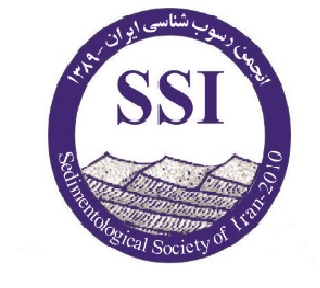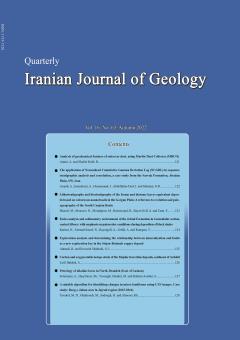A suitable algorithm for identifying changes in micro-landforms using UAV images. Case study: Barg-e- Jahan area in Jajrud region (2015-2016)
Subject Areas :M.H. Tavakol 1 , M. Ghahroudi 2 * , H. Sadough 3 , Kh. Alinoori 4
1 -
2 -
3 -
4 -
Keywords: Deep learning algorithms, Random forest, Microlandform, SVM , RBF.,
Abstract :
One of the main and most important topics of geomorphology is the identification and evaluation of microlandform changes. Their recognition and spatial distribution in order to understand and evaluate changes, stability studies and regional planning is one of the basic needs of applied geomorphology. Barg-e- Jahan area is located in Jajroud catchment area affected by many environmental changes. In this study, based on micro-scale geomorphological approach, using UAV images along with field survey in the Barg-e- Jahan area, microlandforms changes were investigated. UAV images with a spatial resolution of 2.5 cm were obtained from the Ministry of Energy between 2015 and 2016. These images were corrected using ENVI 5.1 and Arc Map 10.3 software, and then the desired algorithms were implemented via coding in Python. Changes were investigated with machine learning algorithms and random forest models, SVM with RBF kernel, random forest with features extracted from CNN networks, and SVM with linear kernel with features extracted from deep neural networks. Results showed that the SVM-RBF model is less accurate than other models with 88% accuracy, so the separation between the classes was limited. In the random forest, 92% of the classes were distinguishable with linear boundaries. The near-ideal model in the random forest algorithm with deep learning was observed with an accuracy of 96%. Investigations showed that most of the changes in microlandforms in this model were related to the change of vegetation cover to soil by 45.03%, and in the next place, the change of sheet wash erosion by 22.05%. According to the obtained results and field observations in 2017, it was determined that the flood of 2017 in Barg-e-Jahan area has caused major changes in the area. Its greatest impact was on the vegetation and the diagram shows at the highest degree of disturbance. In this period, the surface flow and gully formation in the area increased and it shows the high level of erosion and great changes of microlandforms in the study area.

